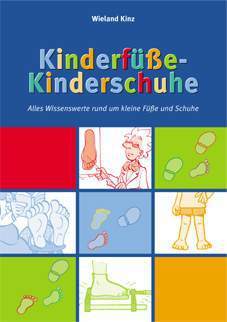Yesterday on Face Book I posted a link to a guest blog by Rita Stiens, talking about ester oils, “Let natural be natural, not chemically transformed”. The use of laboratory transformed natural oils even in certain organic cosmetic. Interesting read and quite a remarkable lady. She publishes info about products, good and bad, makes aware of dubious practices especially in the organic sector. All the while making the info applicable to the wider European audience. Rita Stiens is a journalist and renowned author of books on cosmetics and their ingredients. Her book 'La Vérité sur les Cosmétiques' was a bestseller in France and has been translated into many languages. She also runs a website with hands-on information on cosmetics and their ingredients:

The site has a German, English and a French version.
And here is a very poignant report about this “organic” shower gel:
http://www.laveritesurlescosmetiques.com/themen_037_fr.php

And since Zone Bébé has finally taken delivery of some Bobux summer style shoes up to size 24, here a small reminder about how to look after your children’s feet.
When to verify for a correct fit?
• One to three years – every 3 months
• Three to six years – every 4 months
• Six to 10 years – every 5 months
How to gauge growth in length?
Between the ages of
• One to three, children’s feet grow 1.5mm on average per month,
• three to six years, children’s feet grow 1 mm on average per month,
• six to 10 years, children’s feet grow less than 1mm per month.
Only about 2.5% of children are above this average growth.
Once you know these average figures you have an advantage when buying shoes: children’s shoes should be 12mm minimum and 17mm maximum bigger than the actual foot. This way you know when buying shoes 17mm bigger than the actual foot size, they will fit for 5 months until they reach the required 12mm.
What size is a shoes size?
One shoe size in European sizing equals 6.67mm.
The sizing system mainly used in Europe is called the Paris point. It is a unit of length defined as ⅔ of a centimetre (6.67 mm or approx.0.26 in).
What materials are best?
Tiny feet should be kept soft, well tempered and dry. So shoes should be made of the following materials:
• Soft and pliable
• Inner lining: moisture absorbent and transporting
• Outer sole: moisture releasing
All information has been taken from this wonderful book about children’s feet – children’s shoes, it can be ordered here (unfortunately only in German…). But the website is in English and Italian.

And finally in the attachment: a small guide to footwear labeling.
That’s all for today. Why not come and have a look at all the wonderful things that are available at Zone Bébé?
Have a great week.
And don’t forget to switch off your lights tonight, Saturday 26th March at 20:30 for Earth Hour...
Claudia/Zone Bébé
Le bio for bébés et mamans
blog: zonebebe.fr/blog
Facebook: http://www.facebook.com/pages/Zone-B%C3%A9b%C3%A9/109293045801705